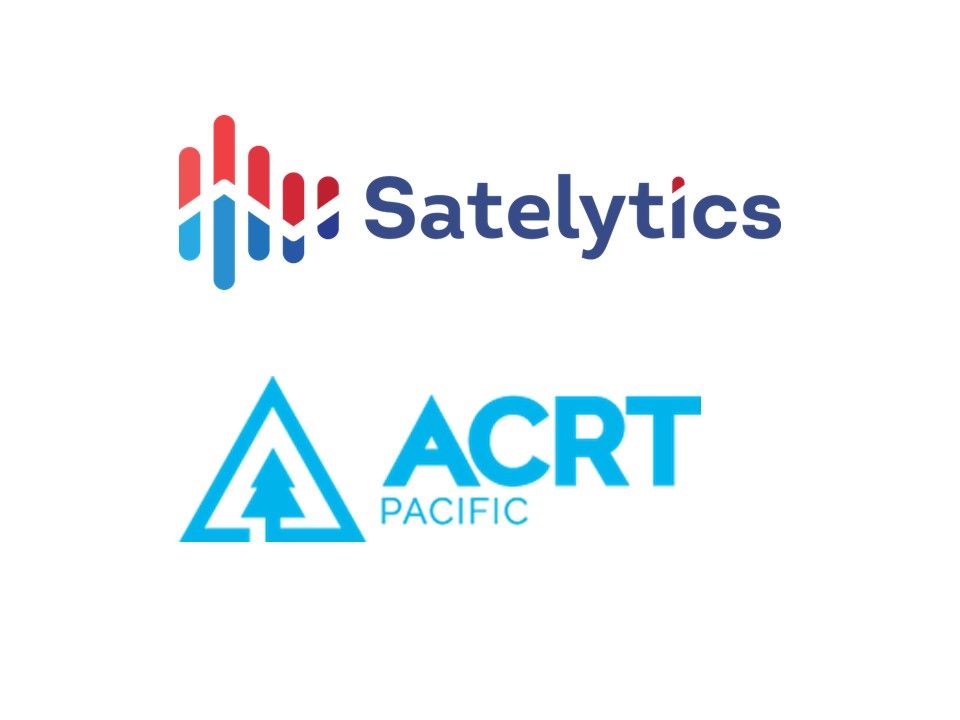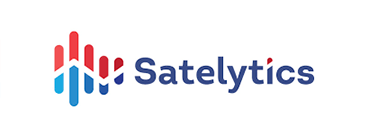
Home
Newsroom
Case Studies
Pléiades
Satelytics’ Vegetation Managme...
Vegetation Management Algorithms Keep Utility Infrastructure Safe
By analyzing wire zone encroachment and strike potential with Pleiades stereo images
Two companies with expertise in utility vegetation management teamed up for a pilot project to validate the analysis of high-resolution 50cm resolution Pléiades satellite imagery to identify individual trees at risk of striking electric transmission and distribution lines.
The idea behind the project is to make the work done by field crews more efficient, pinpointing where to go on site visits, or complementing the ground patrol by identifying trees that need further evaluation that may not be easily identified from a ground inspection alone. Additionally, ACRT wanted to increase the safety of its electric utility customer’s service territory and reduce the risk of tree line conflicts on transmission and distribution assets.
The stakes in safeguarding utility infrastructure cannot be overstated. The potential liability associated with a vegetation related wildfire – whether the loss of life or damage to assets – is measured in billions of dollars.
Satelytics’ used stereo pair Pléiades 50cm resolution satellite imagery, along with their vegetation encroachment algorithms, to identify individual trees at risk of striking electric transmission and distribution lines. Field work by ACRT confirmed the AI-based processes pinpointed trees that exhibited potential to strike to the lines. This field work resulted in up to 90 percent accuracy in these alerts.
In fact, Satelytics’ vegetation encroachment algorithms were able to identify a staggering 57,000 trees that presented a strike risk to electric lines in an area covering on 10 square kilometers. ACRT Pacific validated the accuracy of the results with its teams of experienced utility vegetation arborist inspectors.
ACRT Pacific worked with Satelytics in developing and refining vegetation management algorithms to a level of sophistication unmatched in the market today. Remotely sensed data, often imagery or LiDAR point clouds, has commonly been used to find tree branches that have extended into the buffer zone around electric lines. These data sets also help to identify trees that have grown tall enough to strike a line if they were to fall and identify trees that will encroach the compliance zone if not mitigated.
These AI algorithms can identify dangers down to the individual tree level through analysis of 50cm resolution stereo pairs captured by the Pléiades 1A/1B satellites. Satelytics has also made a huge leap forward with its algorithm to predict more nuanced potential dangers with change detection and changes in tree health.
Summer storms are a significant threat to transmission operations. During hot days when electricity demand is high, the combination of outside temperature and power load makes the lines sag out of their normal orientation. Add in high winds, and the lines start to sway, potentially contacting vegetation that otherwise might be out of their safe buffer proximity. The calculations also take into account the swaying of the trees in windy conditions

An unheathy tree is identified by Satelytics, using Airbus 50cm imagery
- Using 50cm resolution satellite imagery from Airbus provides the high-resolution that Satelytics needs to run their analytics.
- The analysis (by Satelytics) focuses on the multispectral infrared bands (blue, green, red and near-infrared) collected by Pléiades stereo pairs to determine the tree species, height and health.
- Information for pre-inspection teams can be important such as: the tree species in certain geographic areas are more susceptible to drought or pest infestation, and dying trees can often be spotted in near-infrared imagery before they display stress visible to the human eye.
- The speed of satellite imagery tasking, collection, dissemination, and analysis is important to Satelytics and their users. Depending on the processing level, the analysis by Satelytics is completed in two to three hours and ready for delivery to their customer.

Satelytics’ platform will use Airbus 50cim imagery to identify stress on vegetation. Their alerts provide status and indicator levels for field inspectors to take a closer look.

Satelytics is a software company, producing geospatial analytics for early detection, location, and — in many instances — quantification of our customers’ most pressing challenges. The Ohio-based company uses science, software, and technology to deliver valuable services to customers to identify problems before they become disasters – environmentally, financially, or otherwise.
ACRT Pacific helps California utilities and cooperatives proactively manage vegetation across rights of way, with dedicated service for the state’s unique and diverse landscape. We plan, customize, and deploy effective, comprehensive vegetation programs—all with total independence. Learn more about ACRT Pacific here.
Our sales team will be happy to discuss your project in more detail




